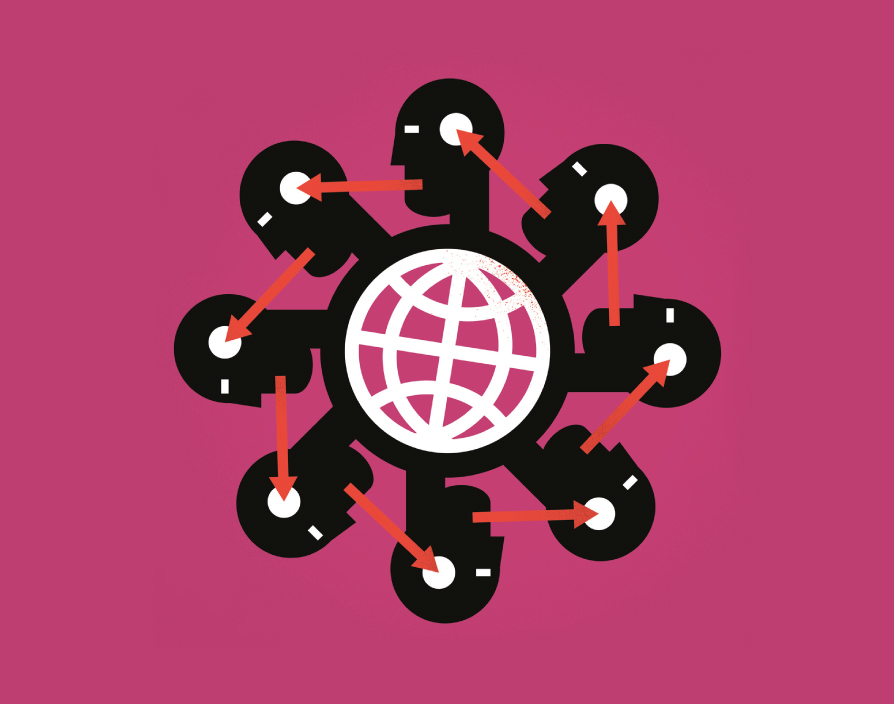It doesn’t matter whether virality comes from shares, likes, word of mouth or fancy flyers that get passed around the office – it’s all a matter of K-factor.
Why K-factor? It’s actually a term borrowed directly from the study of epidemics. But, whilst in medicine the K-factor refers to the number of people an infection will pass to, in the parlance of marketers it’s the number of additional people each of your customers will convert to your business.
So what on earth does this have to do with growing your digital enterprise? Well, an awful lot if you want your business to spread as fast as Gangnam Style. One of your key goals should be to grow your K-factor – or viral coefficient – as much as possible. After all, if your customers do your marketing for you, then you can just put your feet up.
The ideal situation is when each customer brings at least one other new customer to your business. One customer converts another, they go on to convert another and, voila, you create a viral loop. This is how great businesses – not to mention epidemics – begin.
But how can you go about calculating the K-factor of your business? Luckily, it’s pretty easy if your business is a digital service like Laundrapp:
X (number of people invited by each customer) x Y (% conversion of invitations) = K-factor
In both medicine and marketing, a K-factor larger than one results in growth, whilst a K-factor less than one means decline. If you have a K-factor greater than one, then any marketing activity you do will accelerate your growth and you can relax. If it’s less than one, you’ll need to constantly search for new customers by yourself.
The good news is that there are plenty of great examples out there that show how to boost your K-factor in a pinch. One such example is referral programs. The very best of these are double-sided referral campaigns, which incentivise customers to share your business in return for rewards – an approach which has been very successful for Uber, Dropbox and Laundrapp to name but a few.
Another simple way to improve your K-factor is through social sharing and making it easy for customers to share good news about your service. Some people will say customers only shared Uber and Dropbox because they offered rewards but I believe these were inherently great services that people wanted to talk about anyway. Never underestimate the positive impact of delivering a great service.
If your digital service wants to harness its virality the same way stars like Psy have done, it’s time to get real. If you’re not tracking your K-factor already, then you need to start. Measure it, refine it and repeat. ![]()
Share via:








































